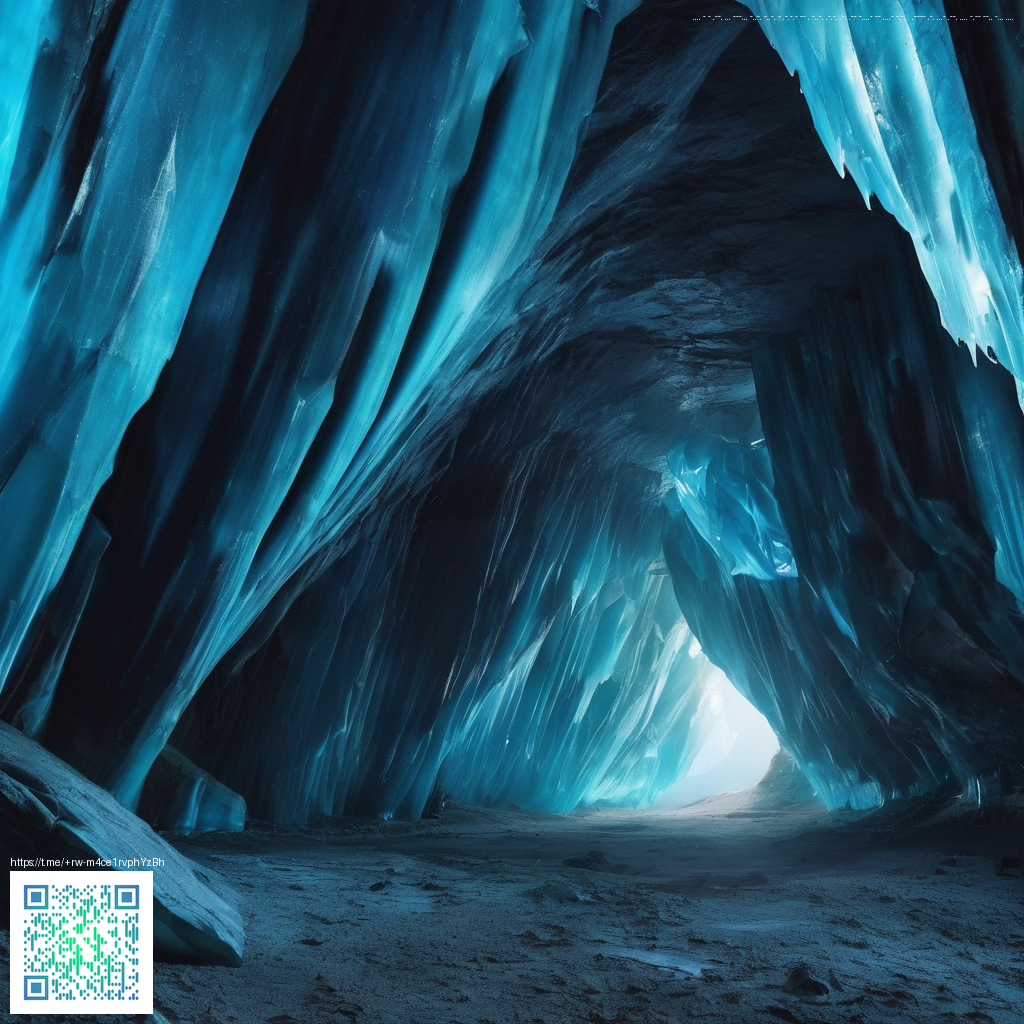What Makes Atmospheric Horror Masterpieces Endure
Atmospheric horror isn’t about sprinting with jump scares or blasting gore across the screen; it’s about how a space, a sound, or a single turn of phrase lingers in the mind. Masterpieces in this vein cultivate mood as a living thing—slow, sly, and almost tactile in its insistence that the world itself is listening. Readers and viewers alike are invited to lean into the silence between moments, where fear quietly grows roots and reshapes perception. In this realm, what isn’t said often matters more than what is said, and a well-crafted setting becomes a character as vivid as any protagonist.
Techniques that breathe life into mood
There are several core techniques that distinguish atmospheric horror from other subgenres. First is sensory layering: the smell of damp wool, the feel of air that tastes metallic, the way rain sounds on a tin roof—all of these details trap the reader in a tactile moment. Second is delayed payoff: information unfurls slowly, inviting inference rather than delivering explicit danger. Third is isolation—characters cut off from help, surrounded by walls that seem to close in or a landscape that feels uncannily aware of their presence. Finally, sound and light serve as subtext; creaking floorboards, distant thunder, or a flickering lamp can become a language of fear all their own.
“The oldest and strongest emotion of mankind is fear, and the oldest and strongest kind of fear is fear of the unknown.”
— H. P. Lovecraft
Lessons from the masters
Across literature, cinema, and interactive media, certain figures stand as lodestars for atmospheric mastery. H. P. Lovecraft demonstrates how the unseen—indeterminate shapes, unknowable forces, and the weight of cosmic dread—can be more terrifying than a clearly defined threat. Shirley Jackson shows how social dynamics and a haunted domesticity can generate creeping unease that feels personal and intimate. Henry James and M. R. James remind us that restraint and suggestion, not gore, often carry the most chilling punch. In video games and film, the same principles translate into environmental storytelling: the design of a corridor, the placement of a shadow, and the timing of a single tense shot can evoke fear with astonishing economy.
For contemporary readers and creators, this means embracing ambiguity and allowing the setting to speak with its own cadence. A manor’s drafty corridors, a storm-worn seaside town, or a laboratory’s humming machinery can become protagonists in their own right when given permission to breathe and reveal only fragments at a time. The effect is not just fright; it’s a mood that lingers, shaping how audiences interpret the world long after the last page is turned or the credits roll.
Curating a workspace to match the mood
Immersive horror isn’t confined to what you consume; it can influence how you write and reflect. If you’re drafting a spectral tale or simply reading by lamplight, small, grounding rituals help sustain the atmosphere. Consider a quiet, dedicated desk setup where the textures, tones, and tactile objects mirror the mood you aim to evoke in your narrative. A desktop surface can be more than functional—it can be a quiet collaborator that keeps your focus anchored in mood rather than momentum.
For readers and writers who want a tactile nod to the genre, a sturdy desk companion can help. A neoprene mouse pad (round or rectangular, one-sided print) offers a practical, durable surface that doesn’t distract from the atmosphere you’re cultivating. You can find it here: https://shopify.digital-vault.xyz/products/neoprene-mouse-pad-round-or-rectangular-one-sided-print. The subtle graphic and the comfort it provides can become a small ritual that sustains your focus during late-night drafting or analysis of a looming scene.
In practice, you might pair this with a subdued reading corner: a chair that invites slouching into a protective posture, a dim lamp that casts soft shadows, and a notebook whose pages crackle when you turn them. The goal is not to create fear in the room, but to keep the room a faithful stage for your imagination to perform the work of fear—quiet, patient, and infinitely watchful.
Applying atmosphere across media
Whether you’re exploring classic novels, modern psychological thrillers, or interactive narratives, think in terms of three-layer immersion: setting, pacing, and soundscape. The setting provides constraints and opportunities for story logic. Pacing controls how and when fear unfolds, guiding readers to lean in at precisely the right moments. The soundscape—whether it’s a film’s score or a game’s ambient audio—offers an extra sense of presence that makes fear feel earned rather than manufactured. When these layers align, the result isn’t merely scary—it’s memorable, a layered mood that persists beyond the final page turn.
A concluding note for aspiring storytellers
Atmospheric horror thrives on restraint, suggestion, and a keen sense of place. Allow your environments to speak in whispers, let your characters notice what others overlook, and trust the audience to fill in the between-the-lines with its own fears. The most enduring masterpieces invite repeated visits, each time revealing a sliver more of the world’s shadow and thereby teaching us how fear is built—and how it can be endured with curiosity rather than despair.
